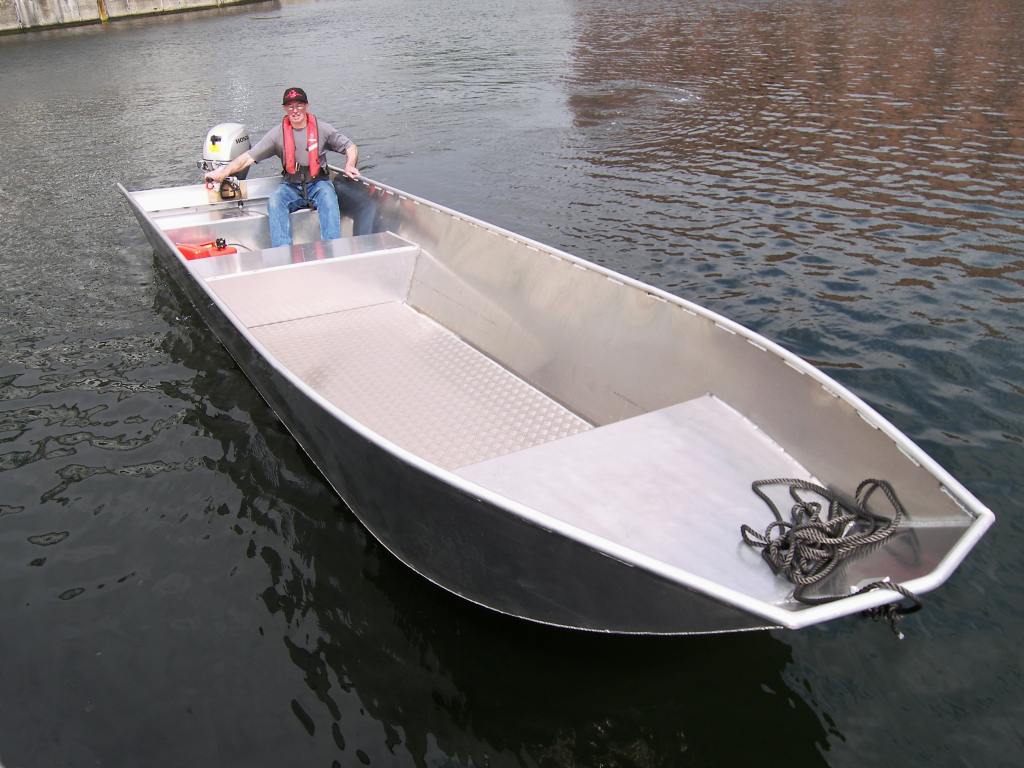Monday, November 25, 2024
Aluminum Boat Plans for Crafting a Beautiful Custom Boat

Beyond the Blueprint: Unveiling the Untapped Potential of Aluminum Boat Plans
Building a boat is a monumental undertaking, a testament to human ingenuity and craftsmanship. While countless resources detail the how of boat construction, often overlooked are the subtle nuances, the "aha!" moments that elevate a project from functional to truly exceptional. This article delves into the often-uncharted territories of aluminum boat plans, offering fresh perspectives and innovative solutions for hobbyists, professionals, and educators alike.
Q&A: Unconventional Approaches to Aluminum Boatbuilding
Let's tackle some of the less-discussed aspects of crafting your aluminum masterpiece through a question-and-answer format.
Beyond the Standard Hull: Exploring Novel Designs
Q: Aren't most aluminum boat designs pretty similar? How can I create something truly unique?
A: Absolutely not! While traditional designs offer proven stability and efficiency, exploring alternative hull forms opens a world of possibilities. Consider incorporating elements from hydrofoil technology for increased speed and fuel efficiency, or experimenting with multi-hull designs for enhanced stability and load-bearing capacity. Research papers from the Society of Naval Architects and Marine Engineers (SNAME) offer valuable insights into hydrodynamic principles that can inform your design process. Don't be afraid to push the boundaries and create a hull shape that’s truly your own. Remember to meticulously model and test your design using computational fluid dynamics (CFD) software to validate its performance before building.
Material Optimization: Thinking Beyond Sheet Thickness
Q: How can I optimize material usage without compromising strength?
A: Minimizing material usage is crucial for cost-effectiveness and environmental responsibility. Instead of relying solely on thicker sheets, explore techniques like variable thickness plating, strategically using thicker aluminum in high-stress areas and thinner sheets in less critical zones. This requires a deep understanding of structural mechanics and finite element analysis (FEA). Software packages like ANSYS can be invaluable in simulating stress distribution and optimizing your design for maximum strength with minimal material.
Integrating Sustainable Practices
Q: How can I make my aluminum boat building project more eco-friendly?
A: Sustainability is no longer a niche concern; it's a necessity. Prioritize the use of recycled aluminum, significantly reducing your carbon footprint. Explore eco-friendly primers and paints with low VOC (volatile organic compound) content. Consider using sustainable wood for interior components or even employing innovative bio-based composite materials to complement the aluminum structure. Documenting your sustainable choices can elevate the project’s value and appeal to environmentally conscious buyers, should you choose to sell.
Real-World Inspiration: Lessons from Experienced Builders
Let’s shift the focus to the practical, drawing inspiration from real-world examples. Consider the story of [Name of a boat builder], who successfully employed a unique welding technique (mention the technique) resulting in a significantly lighter and stronger hull. This demonstrates the immense value of experimentation and knowledge sharing within the boatbuilding community. Online forums and boatbuilding groups are invaluable resources for accessing real-world experiences and insights that are rarely found in textbooks.
Educational Opportunities and Future Trends
Aluminum boat construction offers a wealth of educational opportunities, bridging the gap between theoretical knowledge and practical skills. Educational institutions can leverage this by integrating projects that involve designing, planning, and building small-scale aluminum boats. This hands-on approach fosters critical thinking, problem-solving, and a deeper understanding of engineering principles. The future of aluminum boat design points towards increased use of advanced manufacturing techniques like 3D printing and robotic welding to improve accuracy, efficiency, and customization options.
In conclusion, building an aluminum boat is far more than simply following a set of plans. It's an opportunity to push creative boundaries, explore innovative techniques, and craft a vessel that truly reflects your vision. By embracing unconventional approaches, optimizing material use, and integrating sustainable practices, you can embark on a rewarding journey that transcends the ordinary and creates something truly exceptional.
No comments:
Post a Comment
Note: Only a member of this blog may post a comment.